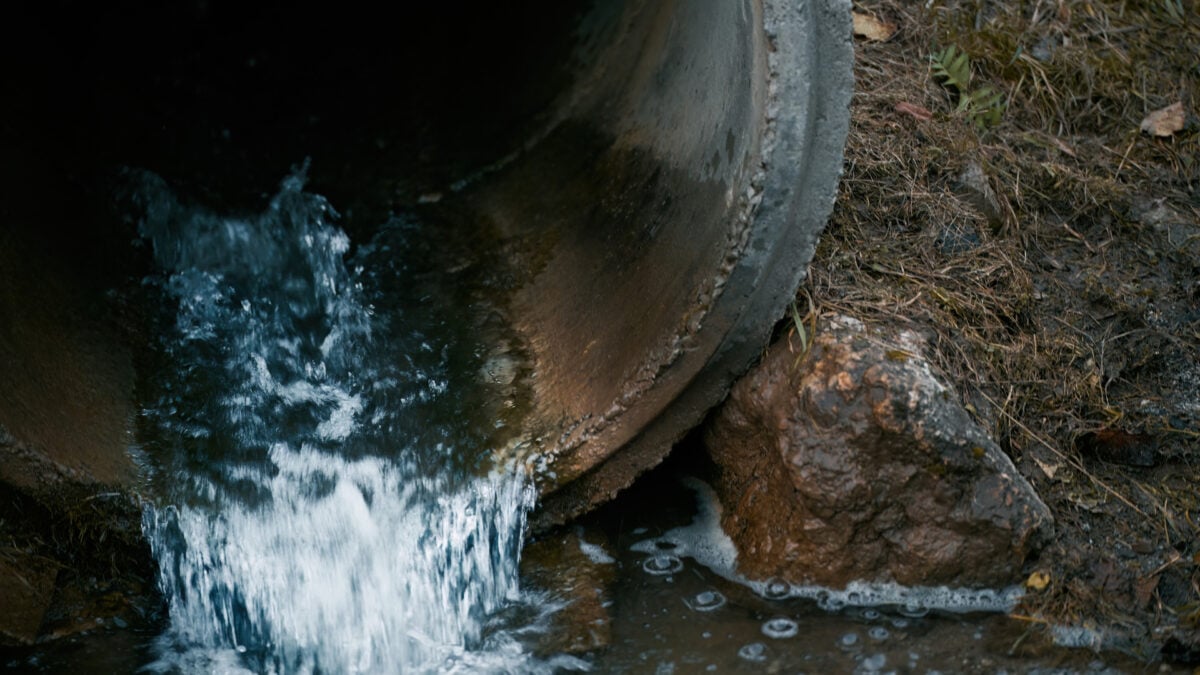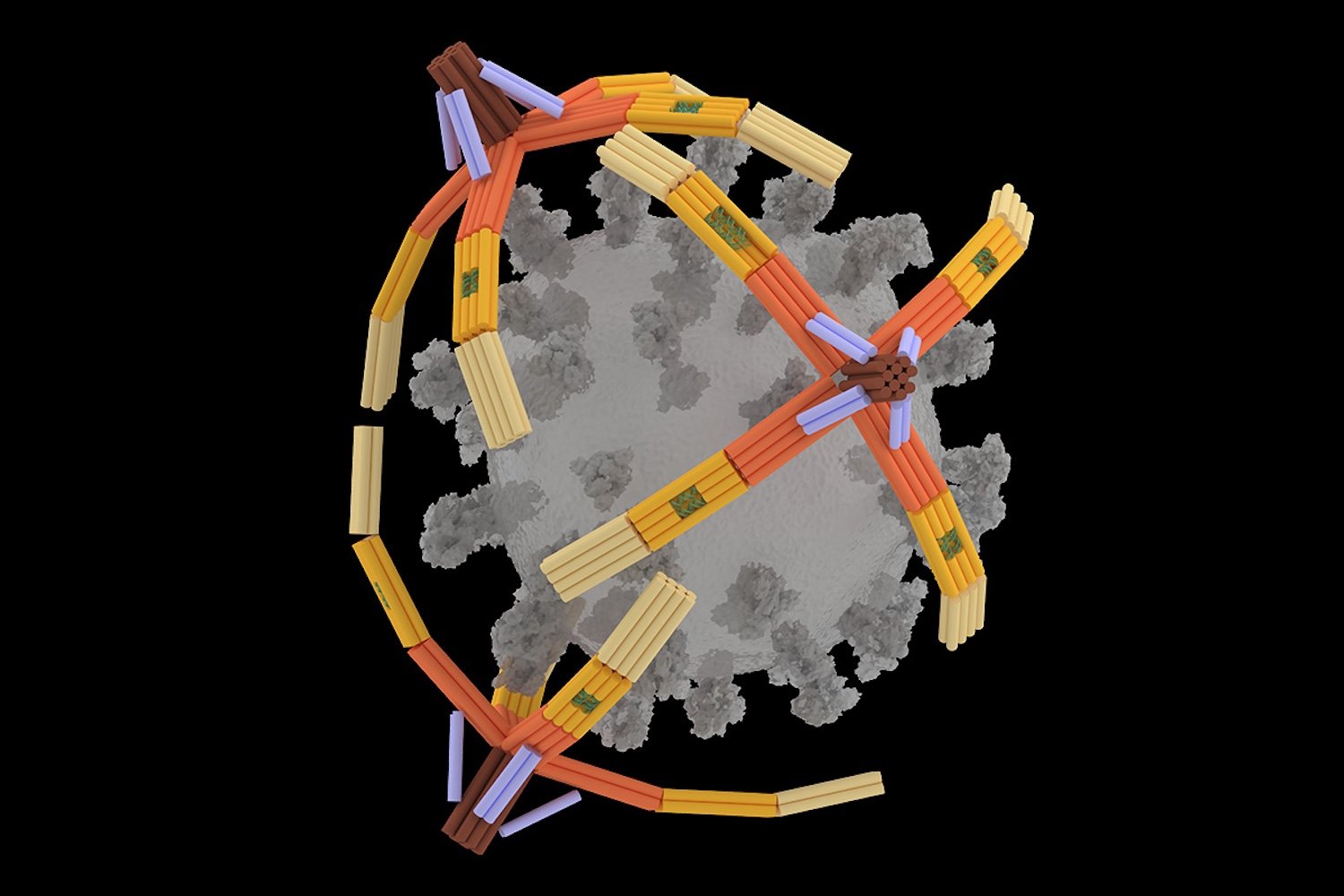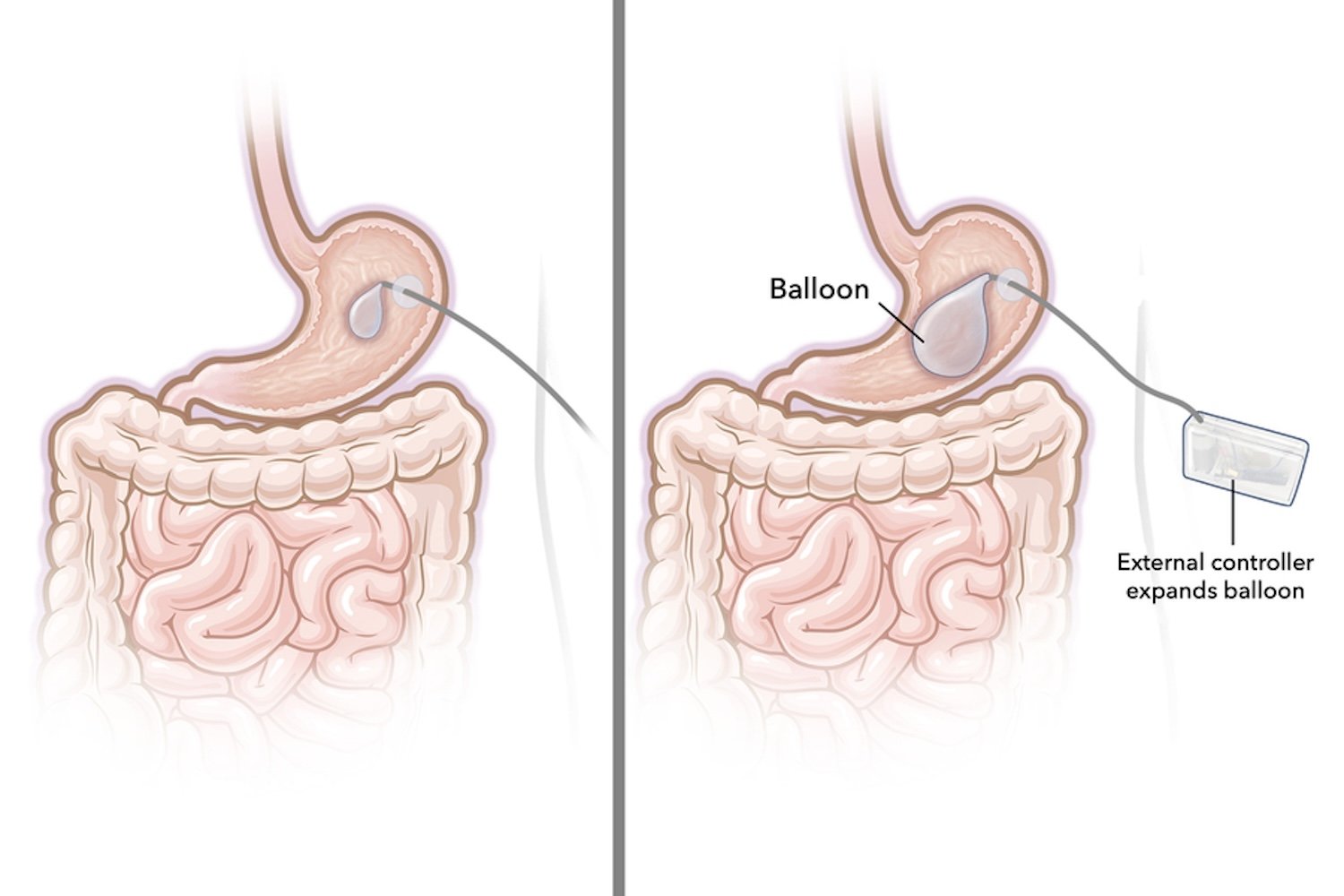The air Americans breathe contains a complex mixture of pollutants, and scientists have recently identified a new, unexpected addition: medium-chain chlorinated paraffins (MCCPs). Researchers at the University of Colorado Boulder detailed this first-ever detection of airborne MCCPs in the Western Hemisphere, specifically at agricultural sites in Oklahoma. While the full health effects on humans are still under investigation, this discovery raises new questions about air quality and environmental contaminants.
Understanding Medium-Chain Chlorinated Paraffins (MCCPs)
Medium-chain chlorinated paraffins (MCCPs), along with other chlorinated paraffins, are industrial chemicals widely used in various applications. They frequently serve as flame retardants in plastics, textiles, and rubber, and as plasticizers to enhance the flexibility and softness of materials. However, emerging research indicates that MCCPs, much like their short-chain counterparts (SCCPs), may not be benign. Studies suggest they can be toxic to marine and other aquatic ecosystems. Furthermore, there are concerns that MCCPs could persist in the environment and accumulate in living organisms for extended periods, similar to “forever chemicals” such as per- and polyfluoroalkyl substances (PFAS).
An Unexpected Finding: The Discovery of Airborne MCCPs
The CU Boulder research team did not initially set out to find MCCPs in air. Their primary goal was to document the general identity, distribution, and behavior of aerosol particles in the atmosphere. To achieve this, they deployed a nitrate chemical ionization mass spectrometer at a study site in Oklahoma, operating it continuously for a month. “It’s very exciting as a scientist to find something unexpected like this that we weren’t looking for,” stated lead author Daniel Katz, a chemistry PhD student at CU Boulder, in a university statement. The team encountered compounds with unexpected chemical signatures, which they eventually identified as MCCPs.
Their findings, published in ACS Environmental Au, mark a significant milestone: it is not only the first detection of airborne MCCPs in the United States but in the entire Western Hemisphere. While scientists have previously identified other airborne toxins like polychlorinated biphenyls (PCBs) and PFAS, the presence of MCCPs in the air introduces a new dimension to air pollution research.
Tracing the Source: How MCCPs Might Enter the Atmosphere
While the exact pathway of these MCCPs into the air is still being investigated, the CU Boulder researchers have a strong hypothesis. MCCPs have been regularly found in wastewater, which is often processed and recycled into biosolid fertilizer used in agriculture. The study site in Oklahoma was near fields where such fertilizers were applied. “When sewage sludges are spread across the fields, those toxic compounds could be released into the air,” Katz explained. “We can’t show directly that that’s happening, but we think it’s a reasonable way that they could be winding up in the air. Sewage sludge fertilizers have been shown to release similar compounds.”
Regulatory Status, Future Research, and Environmental Concerns
The regulation of chlorinated paraffins is complex. Short-chain chlorinated paraffins (SCCPs) have been regulated in the U.S. and other countries for several years due to their known environmental and health risks. However, experts suggest this has led industries to increasingly use MCCPs as alternatives, potentially increasing their presence in the environment. This growing concern has prompted members of the Stockholm Convention on Persistent Organic Pollutants, a UN-led international treaty, to schedule discussions on whether MCCPs should be added to the list of regulated organic chemicals.
Regardless of the Stockholm Convention’s outcome, the CU Boulder researchers emphasize that much remains unknown about MCCPs. “We identified them, but we still don’t know exactly what they do when they are in the atmosphere, and they need to be investigated further,” Katz noted. He stressed the importance of governmental agencies capable of evaluating the science and regulating such chemicals for public health and safety.
Unfortunately, the capacity of the U.S. Environmental Protection Agency (EPA) to address such emerging threats is currently a subject of concern. Reports indicate that under the Trump administration, the EPA has faced pressures to ease up on the fossil fuel industry and has moved to repeal existing regulations on greenhouse gas emissions. This regulatory environment raises questions about the likelihood of U.S. authorities tackling potential threats posed by MCCPs in the near future.
Conclusion
The discovery of airborne medium-chain chlorinated paraffins in the U.S. atmosphere is a significant development, highlighting the ever-evolving challenge of understanding and managing environmental pollutants. This finding underscores the critical need for continued scientific research to determine the prevalence, behavior, and potential health impacts of MCCPs. As our knowledge grows, it will be crucial for regulatory bodies worldwide to assess these chemicals and implement appropriate measures to protect public health and the environment. Staying informed and supporting further investigation into these emerging contaminants is vital for ensuring a safer future.











